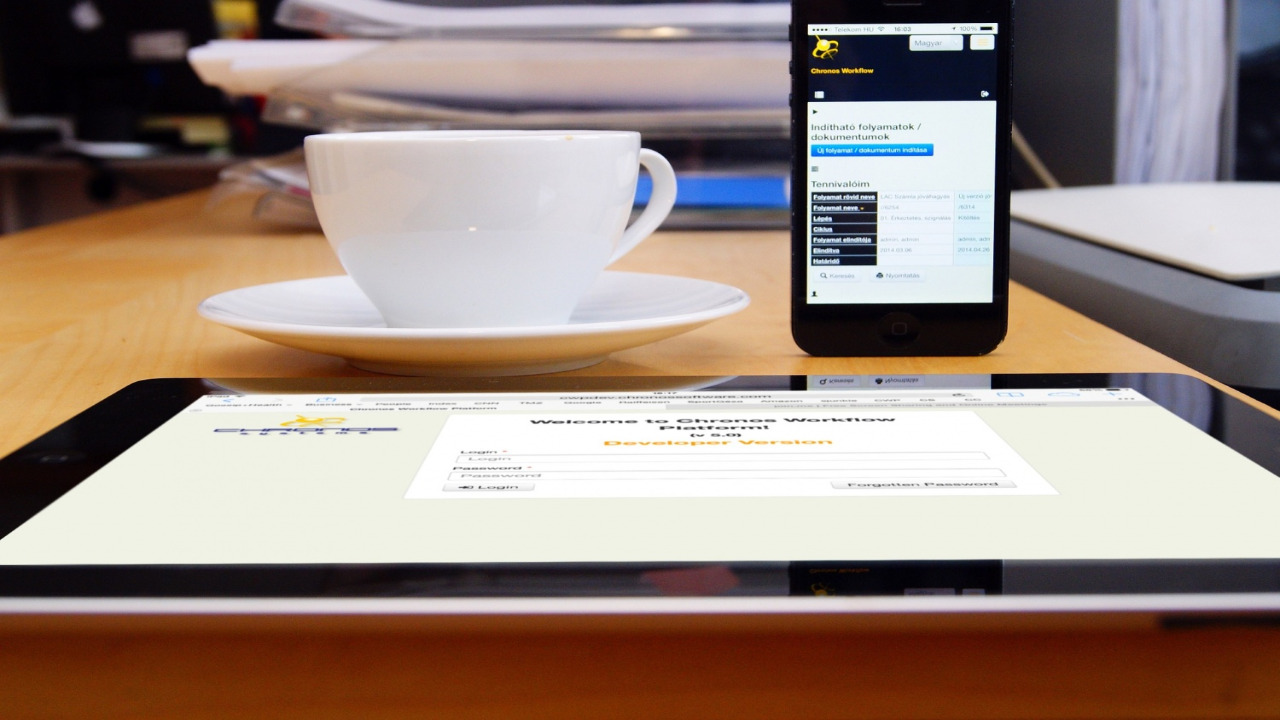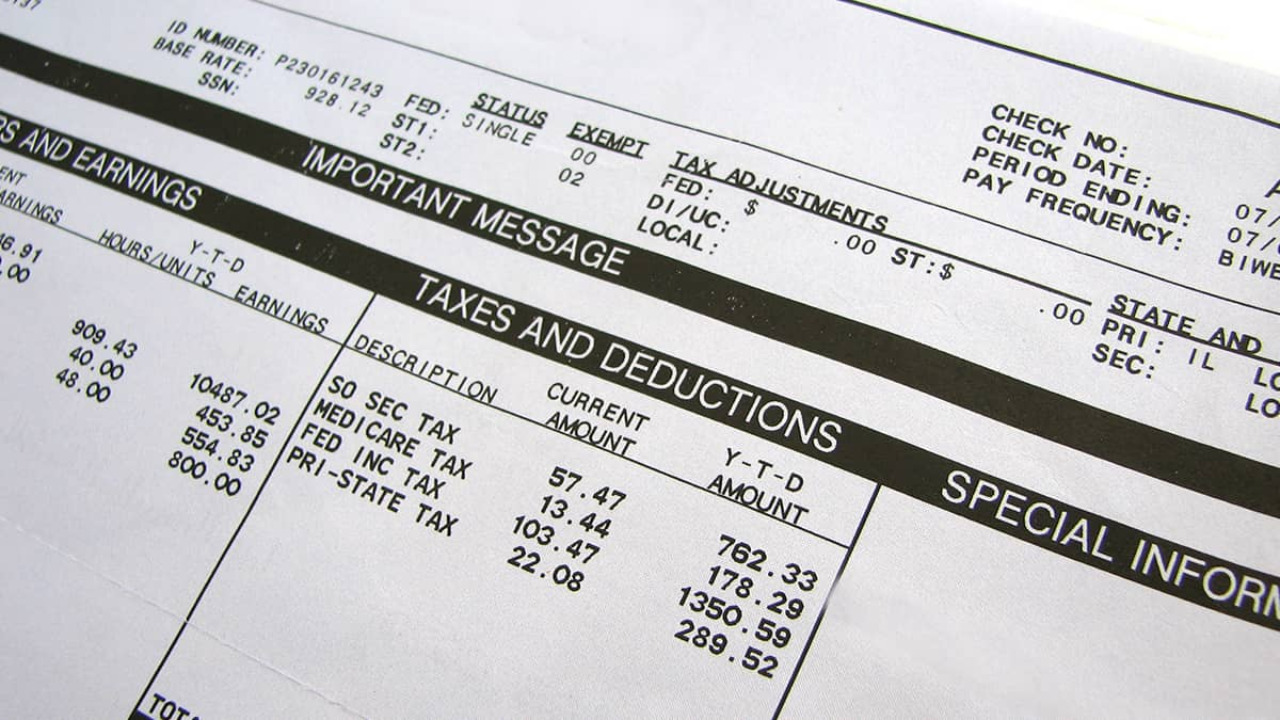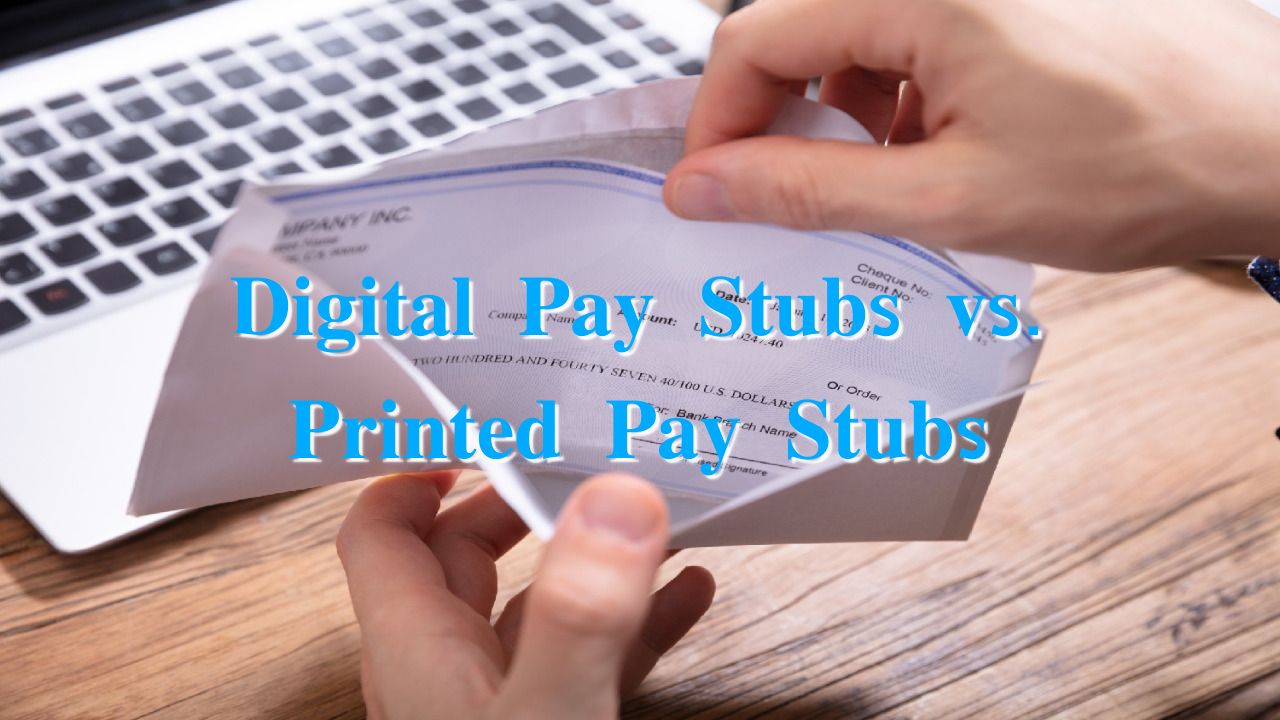Pay stubs, also known as paychecks or pay advice, are an essential part of the payroll process. They provide detailed information about an employee’s earnings, deductions, and net pay. Traditionally, pay stubs were printed on paper and distributed physically to employees. However, with the advancements in technology, digital pay stubs have become increasingly popular. In this article, we will explore the pros and cons of both digital and printed pay stubs to help businesses make informed decisions about their paycheck issuance methods.
Digital Pay Stubs and Paperless Future

Digital pay stubs are electronic versions of traditional paper pay stubs that can be accessed online through a secure portal or sent via email to employees. The adoption of digital pay stubs offers several advantages:
Pros:
Convenience and Accessibility: Digital pay stubs can be accessed by employees from anywhere with an internet connection. They can fill in a blank check stub template, generate, view, and download it on their computer or mobile device. This makes it convenient for remote or on-the-go employees.
Cost Savings: Going digital reduces the expenses associated with printing, paper, and distribution of physical pay stubs. Businesses can save on stationery costs and contribute to environmental sustainability by reducing paper waste.
Enhanced Security: Digital pay stubs are protected by secure login credentials, encryption, and other security measures. This ensures that employees’ sensitive financial information remains safe and confidential.
Instant Delivery: With digital pay stubs, there’s no need to wait for mail delivery or in-office distribution. Employees receive their pay stubs promptly, enhancing overall payroll efficiency.
Cons:
Technological Dependence: Employees need access to the Internet and electronic devices to view their digital pay stubs. Employees may face difficulties accessing their payment information in case of technical issues or internet outages.
Adoption Challenges: Some employees, particularly older or less tech-savvy individuals, may initially struggle with the transition to digital pay stubs. Adequate training and support may be required to ensure smooth adoption.
Staying Traditional with Printed Pay Stubs

Printed pay stubs are physical documents issued to employees on paper, typically alongside their paychecks. While this method has been widely used for many years, it comes with its own set of pros and cons:
Pros:
Accessibility: Printed pay stubs are accessible to all employees, regardless of their access to technology. They do not require internet connectivity or electronic devices to be viewed.
Tangible Record: Some employees prefer having a tangible record of their pay information. Printed pay stubs provide a physical document that employees can keep for their records and reference.
Ease of Adoption: Printed pay stubs may be easier for employees who are not comfortable with technology. They do not require any additional training or learning curve.
Cons:
Resource Intensive: Printing and distributing physical pay stubs require paper, ink, and administrative efforts. This can lead to higher costs and contribute to environmental waste.
Security Concerns: Printed pay stubs can be misplaced or fall into the wrong hands, potentially compromising employees’ sensitive financial information.
Delayed Delivery: Printing and distributing physical pay stubs may take longer than digital delivery methods. Delays in delivering pay stubs can cause inconvenience to employees.
Making the Right Choice for Your Business
The choice between digital and printed pay stubs depends on each business’s unique needs and preferences. Digital pay stubs offer convenience, cost savings, and enhanced security but may require employees to adapt to new technology. On the other hand, printed pay stubs offer tangible records and easier adoption for some employees, but they can be resource-intensive and potentially less secure.Many businesses are finding a middle ground by adopting a hybrid approach. They provide digital pay stubs as the primary but offer employees the option to request printed pay stubs if needed. This approach balances the benefits of technology with the preferences of employees who may be more comfortable with traditional methods.

